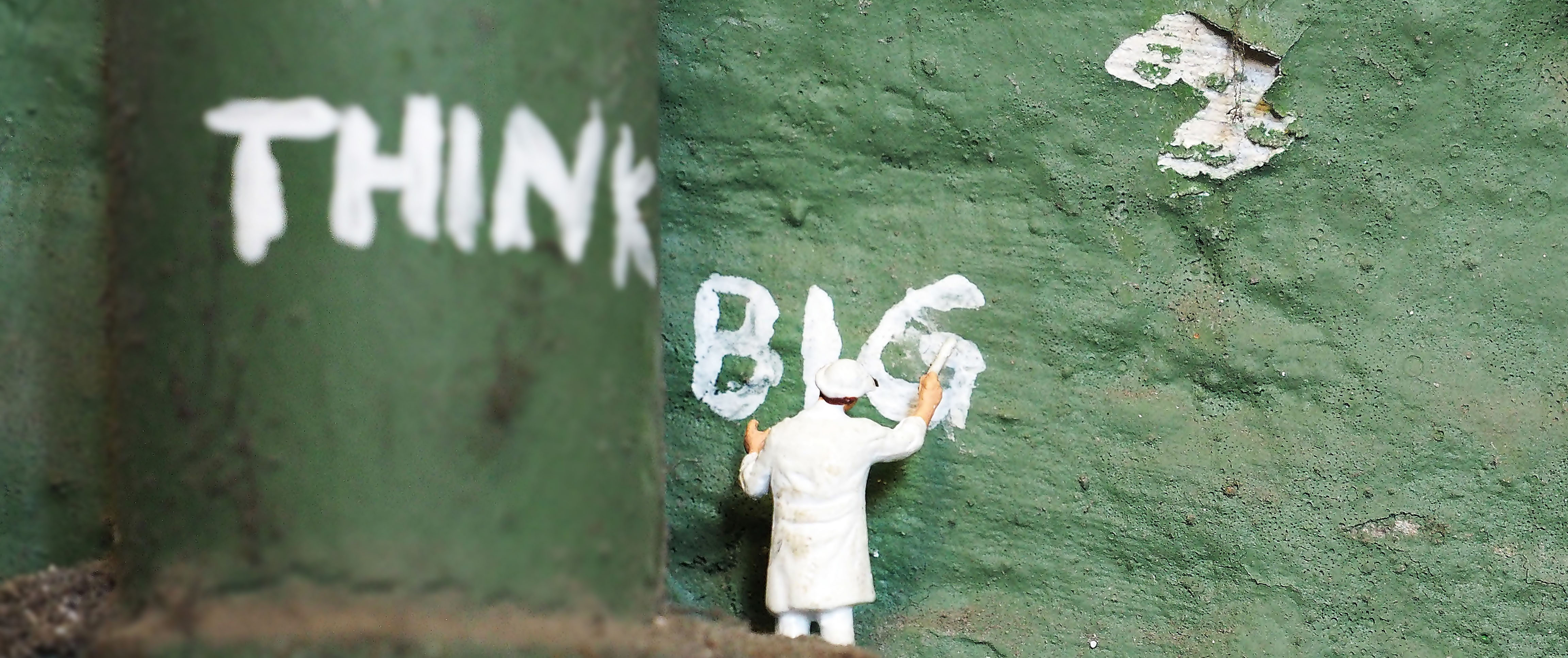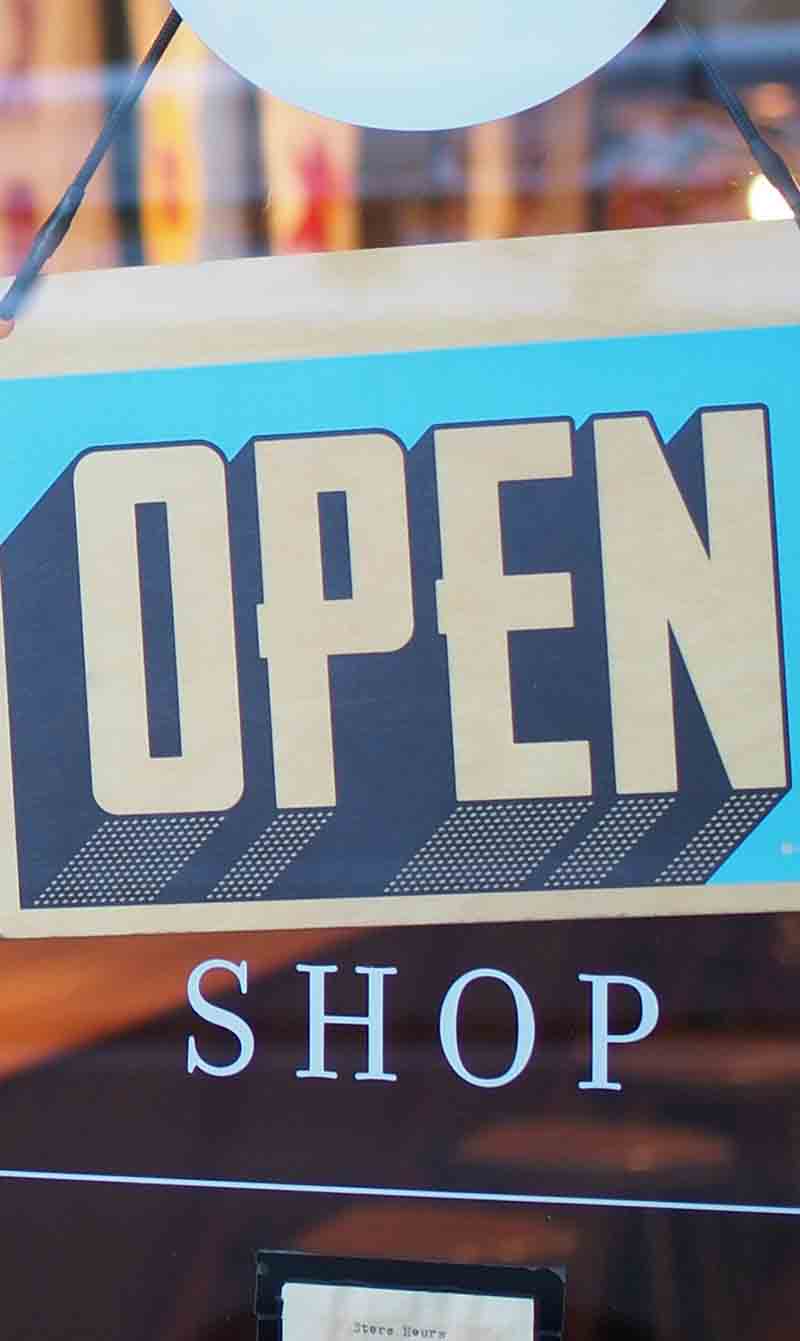Think big
In an increasingly decentralised and digital economy, establishing collaborative relationships between corporations and startups will allow each to leverage on the other’s strengths and keep up with the dizzying speed of technological change.
The traditional pace of technological innovation was dominated by long development and procurement processes, large vendors and a gap between research institutions and industries. In the emerging innovation ecosystem, in which governments, businesses and other economic stakeholders focus their resources on encouraging technological development, these issues are being addressed by crafting synergistic links between corporations and startups.
Companies such as Australia’s Buckham & Duffy (B&D) facilitate this process by positioning themselves at the centre of the equation and bringing all stakeholders together. According to B&D’s Director and Head of Innovation Jordan Duffy, it is important to match-make enterprises with technology SMEs and synergise their respective strengths.
He noted that it took a few years for B&D to recognise that their work was helping to create a network that was encouraging the development of an innovation ecosystem: ‘We were building a network of things that would culminate in us being able to generate new ideas rapidly, identify problem sets quickly, build new solutions and have an understanding of architecture that most of our level and price point didn’t. Now we provide governance strategy in the technology sector for our largest federal units, as well as state governments.’
Synergising ideas
While corporations can contribute to their networks, financial security and connection to the market, startups provide their innovative and questioning approach to ideas and ability to develop technologies quickly.
Enterprise clients have a high level of accountability and therefore a low appetite for risk, which is why they tend to favour technology that has already been tested and is available on the shelf. In the digital economy, however, this means the technology is also available to everyone else and has therefore lost its competitive edge.
SMEs can pivot more readily and therefore test more rapidly, allowing them to move more quickly and cheaply than corporations. This helps to de-risk the new technology for enterprise clients, and once they in turn have adopted this innovation—which allows it to be perceived as relatively free of risk—it can then be taken to government, which has the highest level of public accountability.
According to Jordan, while there are obvious benefits to collaborations between SMEs and corporations, there is also a driving need for it. The Organisation for Economic Co-operation and Development (OECD) indicates that the proportion of firms innovating in Australia is below the OECD average.
‘We’re a research leader in the world. So we’re not innovating in an actual enterprise environment. We’re just making research that isn’t going anywhere. We’re failing to commercialise. By 2020 there’ll be 50 billion devices as opposed to the 15 billion currently estimated. And the way of using those devices is currently unknown. We won’t even know how we’ll use the internet of things in the next 10 years. But we know that it’ll play a major part in replacing up to 40 percent of the jobs in the OECD. In Australia alone that’s about 5 million positions where people will either move position or be unemployed,’ he said.
A case in point would be the invention of WiFi. Jordan pointed out that although Australia invented it, it didn’t make a cent from it because it failed to commercialise the research and technology. ‘When we first released things like WiFi, the understanding of how to commercialise that from a research point of view was not there. Researchers have typically said, ‘Ok, I want to make something for the betterment of the world’ [without realising that] the quickest way to do this is to commercialise it [and] get it on a mass scale to everyone. That’s very hard to actually understand as a researcher when you don’t work in a commercial environment,’ said Jordan.
This is where B&D lends a helping hand. They meet with researchers to understand the IPs that they are building, the extensions they have and where they can integrate in industries. Jordan works directly with universities to build programmes that bring research closer to industry so that commercialisation can happen sooner. This timeliness is important, Jordan stressed, to avoid the ‘valley of death’, which ‘is the time of getting something from research to the point of people getting it in their hands’. According to Jordan, Australia has a very large valley of death in both medicine and other research areas.
For Jordan, another crucial point is keeping abreast of the industry. ‘It is very important to know what investors want to invest in when you’re working with your clients, so we continue to talk to investors and meet with our investor pool every month.’
A good example of successful synergy between a startup and government and enterprise partners comes from the story of Little Tokyo, a 2-year-old Brisbane-based co-working facility. In the last year, Little Tokyo has won two major tenders—one with the Brisbane City Council and one with Springfield Land Corp. The Brisbane City Council was looking for a partner to help them build an innovation capital hub to centralise innovation and the best minds in the city. The first step Little Tokyo took was to understand the core outcome of the project—i.e. to understand what the stakeholders truly wanted, not just what was written on the request for proposal. ‘This comes down to communication versus expectation,’ said Jordan. He explained that Little Tokyo ‘then analysed their competitors closely to identify their differentiation and how to use it as a positive tool. Their ethos, their ethics and how they approached business were rehashed through the tender to ensure that it aligned with the ethics and values of the Brisbane City Council.’
With Springfield Land Corp, Australia’s largest masterplan estate, a different approach was taken. Springfield wasn’t looking for a commercial solution that matched their strategy. They were looking for a cultural solution that would match the culture that they were intending to build over the next 20 years. Little Tokyo tasked themselves with putting together a framework for facilitating communities, and for using communities for collaboration and better outcomes. The project was pitched as a pilot, which de-risked the engagement for Springfield. Coupled together with a win-win pricing model, Springfield could not say no to Little Tokyo.
In an innovation ecosystem, no stakeholder can afford to work in silos if they want to keep pace with technological change. B&D plays its role effectively by maintaining close multiparty relationships—with government policymakers for an insight into the future direction of relevant laws and regulations; with corporations to understand what they are interested in investing in and to help accelerate their adoption of new technology; and with startups to mentor them through the process of developing their ideas and services.
Meanwhile, as a leading agency in Indonesia’s vibrant digital landscape, Bubu.com is leveraging on its own network architecture to help startups move to the next level.
To help build Indonesia’s digital economy, Bubu.com has created a biennial technology conference called IDByte that draws speakers from the world’s top tech companies such as Google, Facebook and Twitter. The Bubu Awards was created to recognise achievements in the startup landscape such as the best new mobile app and e-commerce site. Bubu.com Chief Executive Officer and Founder Shinta Witoyo Dhanuwardoyo has also created a non-profit organisation called the Silicon Valley Asia Technology Alliance, which brings Indonesian and Southeast Asian startups to Silicon Valley in California, US, so they can meet and talk to leading technology corporations.
Shinta is also an angel investor in technology startups and makes it a point to assess not only the product or service in question but the company’s founders and team members to ensure they are prepared to survive the rigours of building a startup.
To a question about outstanding issues that can get in the way of building a good digital ecosystem, Shinta said the challenge now facing startups in Indonesia was the lack of skilled developers who could help them access a market that was global rather than just national or regional. She said governments could also do more to create an environment that was more conducive to innovation by cutting down on regulations so that startups could get off the ground in weeks or even days rather than months, and by providing tax breaks to investors so they would be more likely to invest in startups.
This, according to Jordan, was what the Australian Government has introduced—the National Innovation and Science Agenda (NISA). The NISA is a new policy, which seeks to strengthen and expand innovative ecosystems by encouraging research commercialisation to supporting startup incubators and accelerators.
The policy also outlines tax benefits for those who are investing in early stage startups as well as seed funding for startups. However another missing link was the lack of programmes that could quantify the value of collaboration among startups, corporations and government. The data that such programmes provide could make match-making in the innovation ecosystem easier and more efficient, with the best value outcome.
At the heart of all these processes and synergies, however, interpersonal relationships remain key. The best digital networks can be available, Jordan said, but without the ability to understand your stakeholders’ core drivers or what outcomes they were looking for, you were a barrier to your own success.
___________________
This report is based on a session from the 12th WIEF.
Photo by pixel2013 on pixabay.





